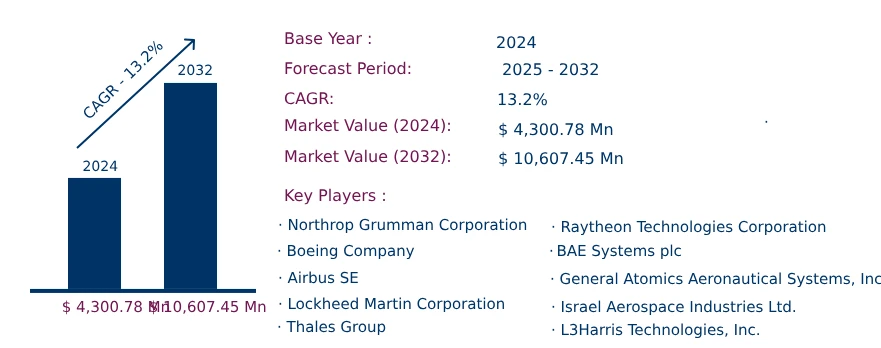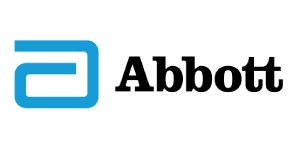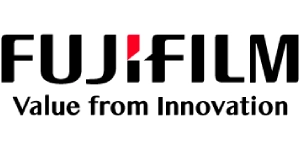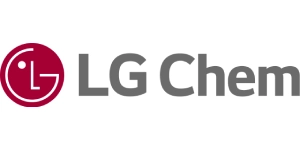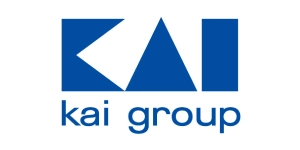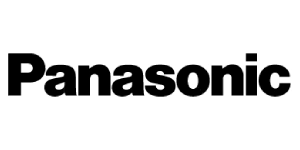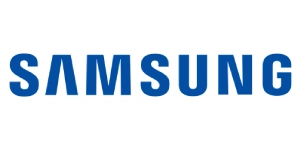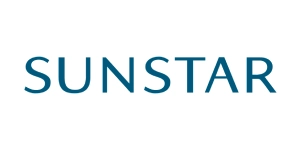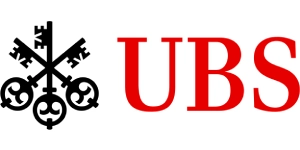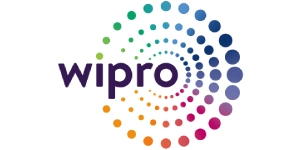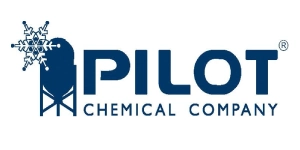Global Stratospheric UAV Payload Technology Market to Reach USD 10,607.45 Million by 2032 | CAGR of 13.2%
Category : Aerospace and Defence | Published Date : Jan 2025 | Type : Press Release
Stratospheric UAV Payload Technology Market Scope & Overview:
In the newly published report, Consegic Business Intelligence states that the Stratospheric UAV Payload Technology Market size was valued at USD 4,300.78 million in 2024 and is projected to grow at a CAGR of 13.2%, reaching USD 10,607.45 million by 2032. Stratospheric UAV payload technology encompasses advanced components such as sensors, cameras, communication devices, and scientific instruments, designed for unmanned aerial vehicles (UAVs) operating in the stratosphere. These payloads are tailored for high-altitude applications, including surveillance, environmental monitoring, and communication relay, ensuring reliable performance in extreme atmospheric conditions.
The report comprises the Stratospheric UAV Payload Technology Market Share, Size & Industry Analysis, based on Payload Type (Communication Payload, Navigation Payload, Surveillance Payload, Imaging Payload, Scientific Payload), Technology (Electro-Optical, Infrared, Radar, LIDAR, Others), Application (Military & Defense Operations, Environmental Monitoring, Scientific Research, Others), and Region (North America, Europe, Asia-Pacific, Middle East & Africa, Latin America), and Forecast, 2025-2032.
The report contains detailed information on Stratospheric UAV Payload Technology Market Trends, Opportunities, Value, Growth Rate, Segmentation, Geographical Coverage, Company Profiles, In-depth Expert Analysis, Revenue Forecast, Competitive Landscape, Growth Factors, Restraints or Challenges, Environment & Regulatory Landscape, PESTLE Analysis, PORTER Analysis, Key Technology Landscape, Value Chain Analysis, and Cost Analysis.
The growing demand for high-altitude surveillance and reconnaissance, coupled with advancements in multi-mission payload designs, is driving market growth. However, challenges such as payload durability in harsh environments limit market expansion.
Segmental Analysis :
Based on payload type, the market is segmented into Communication Payload, Navigation Payload, Surveillance Payload, Imaging Payload, and Scientific Payload.
- The communication payload segment accounted for the largest revenue share in 2024, driven by its role in facilitating real-time data exchange and secure communication for defense and civilian applications.
- The scientific payload segment is projected to grow at the fastest rate, supported by increasing demand for high-altitude environmental data collection and space exploration initiatives.
Based on technology, the market is segmented into Electro-Optical, Infrared, Radar, LIDAR, and Others.
- The radar segment held the largest revenue share in 2024, driven by its critical role in high-precision target detection and terrain mapping for military and environmental applications.
- The LIDAR segment is anticipated to grow at the fastest CAGR, fueled by its applications in detailed 3D mapping, environmental monitoring, and disaster management.
Based on application, the market is segmented into Military & Defense Operations, Environmental Monitoring, Scientific Research, and Others.
- The military & defense operations segment dominated the market in 2024, accounting for 55.09% of the revenue share, due to its extensive use in surveillance, reconnaissance, and intelligence-gathering missions.
- The environmental monitoring segment is expected to witness the fastest growth, driven by increasing focus on climate change studies and air quality monitoring.
Based on regions, the market is segmented into North America, Europe, Asia-Pacific, Middle East & Africa, and Latin America.
- Asia-Pacific: Held the largest market share in 2024, with China contributing 32.5% of the revenue, driven by advancements in UAV technology and government initiatives supporting digital economies.
- North America: Expected to grow significantly, supported by the presence of leading defense contractors and early adoption of advanced UAV technologies for intelligence and surveillance missions.
| Report Attributes | Report Details |
| Study Timeline | 2019-2032 |
| Market Size in 2032 | USD 10,607.45 Million |
| CAGR (2025-2032) | 13.2% |
| Payload Type | Communication Payload, Navigation Payload, Surveillance Payload, Imaging Payload, Scientific Payload |
| Technology | Electro-Optical, Infrared, Radar, LIDAR, Others |
| Application | Military & Defense Operations, Environmental Monitoring, Scientific Research, Others |
| By Region | North America(U.S., Canada, Mexico) Europe(U.K., Germany, France, Spain, Italy, Russia, Benelux, Rest of Europe) APAC(China, South Korea, Japan, India, Australia, ASEAN, Rest of Asia-Pacific) Middle East & Africa(GCC, Turkey, South Africa, Rest of MEA) LATAM(Brazil, Argentina, Chile, Rest of LATAM) |
Top Key Players & Competitive Landscape :
The competitive landscape encompasses major innovators, aftermarket service providers, industry giants, and niche players, all of which are thoroughly examined by Consegic Business Intelligence in terms of their strengths, weaknesses, and value-addition potential. This report includes detailed profiles of key players, market share analysis, mergers and acquisitions, resulting market fragmentation, and emerging partnership trends and dynamics.
List of prominent players in the Stratospheric UAV Payload Technology Industry:
- Northrop Grumman Corporation (USA)
- Boeing Company (USA)
- Airbus SE (Netherlands)
- Lockheed Martin Corporation (USA)
- Thales Group (France)
- Raytheon Technologies Corporation (USA)
- BAE Systems plc (UK)
- General Atomics Aeronautical Systems, Inc. (USA)
- Israel Aerospace Industries Ltd. (Israel)
- L3Harris Technologies, Inc. (USA)
Recent Industry Developments :
- 2024: Boeing launched advanced lightweight payload systems for stratospheric UAVs, enhancing operational efficiency and endurance for defense and commercial applications.
- 2023: Northrop Grumman introduced modular payload designs enabling seamless multi-mission adaptability for high-altitude UAV platforms.
